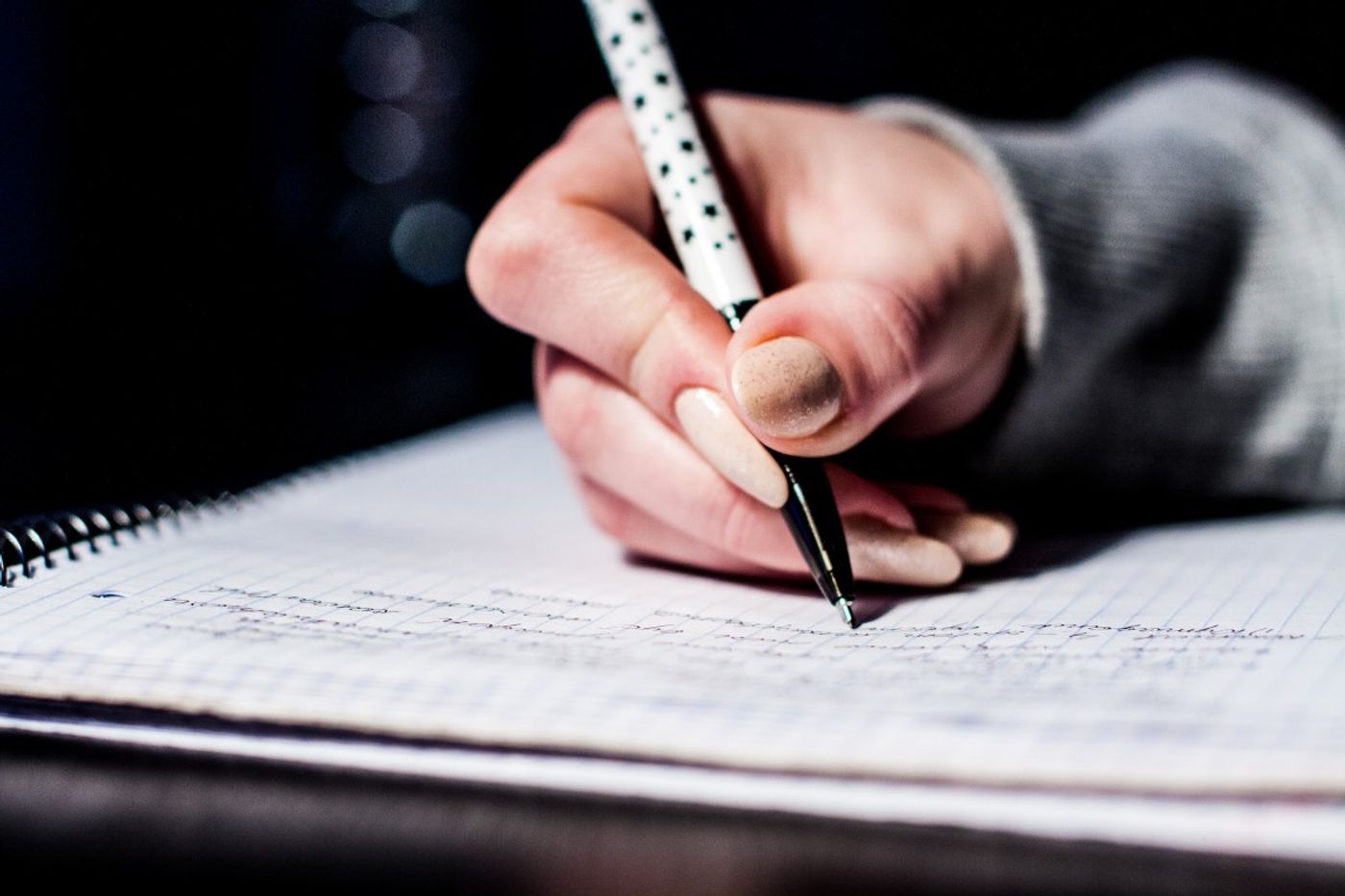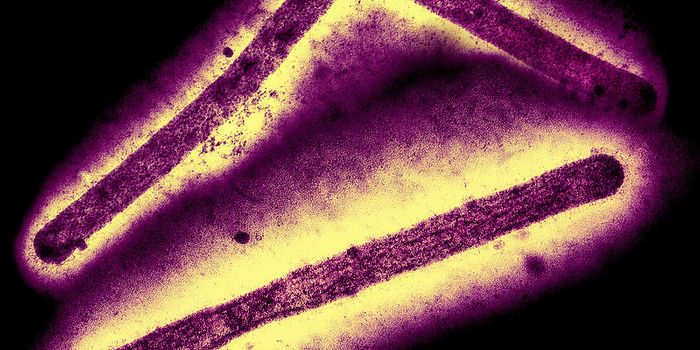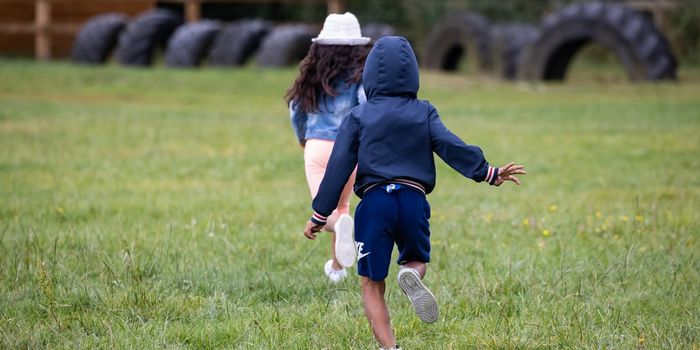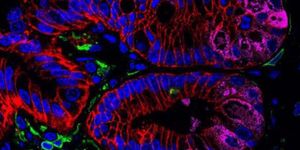Left-handedness Linked to Genetic Regions, Brain Architecture
It’s known that genes influence handedness; studies of twins that share the same genes indicate that 25 percent of handedness variation is explained by genetic factors. But now scientists have looked in a much larger sample and for the first time, scientists have found a region of the genome that is linked to left-handedness. They have shown that these genetic regions are associated with brain architecture, and the connections that link parts of the brain that are involved in language. The findings, which utilized data from around 400,000 people in the UK Biobank, have been reported in the journal Brain.
"Around 90 percent of people are right-handed, and this has been the case for at least 10,000 years. Many researchers have studied the biological basis of handedness, but using large datasets from UK Biobank has allowed us to shed considerably more light on the processes leading to left-handedness," said Dr. Akira Wiberg, a Medical Research Council fellow at the University of Oxford.
"We discovered that, in left-handed participants, the language areas of the left and right sides of the brain communicate with each other in a more coordinated way. This raises the intriguing possibility for future research that left-handers might have an advantage when it comes to performing verbal tasks, but it must be remembered that these differences were only seen as averages over very large numbers of people and not all left-handers will be similar."
This work included genetic data from 38,332 left-handers. The researchers found four regions that were linked to handedness, and three of them contain proteins that impact the development and structure of the brain. They specifically relate to microtubules, which are part of the scaffolding that forms a cell’s structure - the cellular cytoskeleton.
By assessing brain images from around 10,000 study participants, the scientists showed that the genetic impacts are connected to structural changes in the white matter tracts of the brain. These contain parts of the brain cytoskeleton, which connects regions involved in language.
"Many animals show left-right asymmetry in their development, such as snail shells coiling to the left or right, and this is driven by genes for cell scaffolding, what we call the cytoskeleton," said joint senior study author Professor Gwenaëlle Douaud of the Wellcome Centre for Integrative Neuroimaging at the University of Oxford.
"For the first time in humans, we have been able to establish that these handedness-associated cytoskeletal differences are actually visible in the brain. We know from other animals, such as snails and frogs, that these effects are caused by very early genetically-guided events, so this raises the tantalizing possibility that the hallmarks of the future development of handedness start appearing in the brain in the womb."
This work also found that left-handedness was linked to a very slight reduction in the risk of Parkinson’s disease, and a very slight increase in the risk of schizophrenia. The researchers cautioned that these observations would only correspond to very few actual people that have the disease - they do not show a causal link. They may help show how the conditions develop, or may be one of many different factors that work together.
"Throughout history, left-handedness has been considered unlucky, or even malicious. Indeed, this is reflected in the words for left and right in many languages. For example, in English "right" also means correct or proper; in French "gauche" means both left and clumsy," noted joint senior study author Professor Dominic Furniss of the Nuffield Department of Orthopaedics, Rheumatology, and Musculoskeletal Science at the University of Oxford.
"Here we have demonstrated that left-handedness is a consequence of the developmental biology of the brain, in part driven by the complex interplay of many genes. It is part of the rich tapestry of what makes us human."
Sources: Science Daily via UK Research and Innovation, Brain









